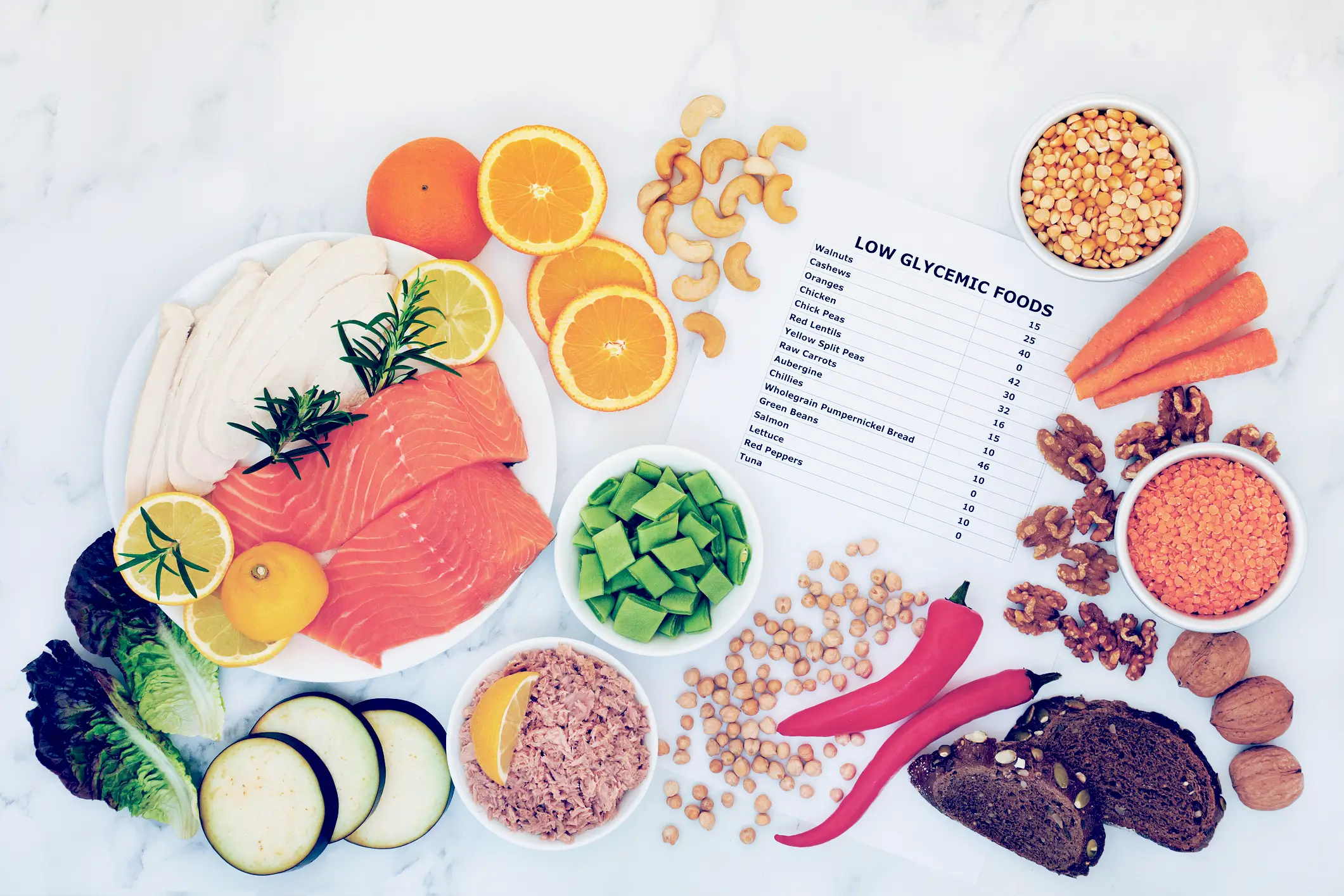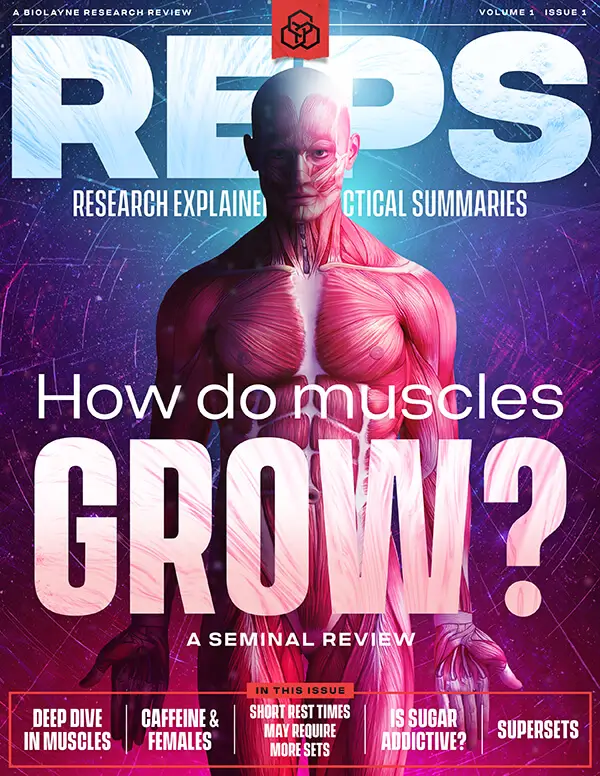Does a high glycemic index (GI) meal lead to greater hunger and food consumption than a low GI meal?
Overview
- What did they test? In this study, researchers tested the effect of consuming a meal that contains high, medium, or low glycemic index (GI) carbohydrates on metabolic responses and hunger in healthy, normal-weight adults. The participants consumed meals that included 60% carbohydrates and either spaghetti (GI = 35), buckwheat noodles (GI = 65), or steamed bread (GI = 73), along with a meal, and had their energy intake, glucose, insulin, and hormonal responses to food measured along with energy intake in a subsequent meal.
- What did they find? There was a significant increase in energy intake following the medium and high GI meals compared to the meal with the low GI carbohydrates but there were no differences in self-reported hunger between groups or energy availability. The higher GI meals also led to higher initial glucose and insulin responses, while the low GI meal maintained higher glucose levels at 300 minutes compared to the medium and high GI meals.
- What does it mean for you? The findings of this study showed that eating a whole wheat spaghetti with a GI of 35 led to lower energy consumption and better blood sugar response compared with having buckwheat pasta or steamed bread, which have a GI of 65 and 73, respectively. At first glance, this might have you thinking that low GI carbs are best to minimize hunger and energy intake. However, this conclusion is not consistent with other research, and this study has numerous limitations to consider before you think about switching to diet based purely on low GI.
What’s The Problem?
The epidemic of obesity continues to be a major public health concern, with nearly half of US adults classified as obese, accounting for over 250 billion in yearly medical expenses 1. Dietary approaches to weight loss and obesity management focusing on calorie restriction are effective in the short-term. However, the long-term success rate of these interventions is limited 2.
There are some researchers who think that we should focus on minimizing insulin responses to food, called the Calorie Insulin Model (CIM) of obesity 3. The CIM proposes that increased insulin responses to food can create a metabolic signal that reduces energy availability and leads to increased energy intake and fat storage. Low carbohydrate dietary approaches have been effective for altering the hormonal response to food and driving weight loss. However, it is currently unknown if these effects would be seen with modifying the GI of a meal while keeping the carbohydrate content the same.
Purpose
There is currently debate regarding the CIM hypothesis and whether insulin responses to food impact energy availability and hunger. Therefore, the purpose of this study was to determine whether consuming a meal with high GI (GI=73) carbohydrate impacts impacts hunger and subsequent energy intake compared to medium (GI =65) and lower GI (GI =35) carbohydrate sources.
Hypothesis
The authors hypothesized that participants who ate meals with higher GI carbohydrates would experience increased blood sugar and insulin responses, increased hunger, and greater subsequent food intake compared with meals containing lower glycemic index carbohydrates.







